10 Reasons to Tour the Kimberley
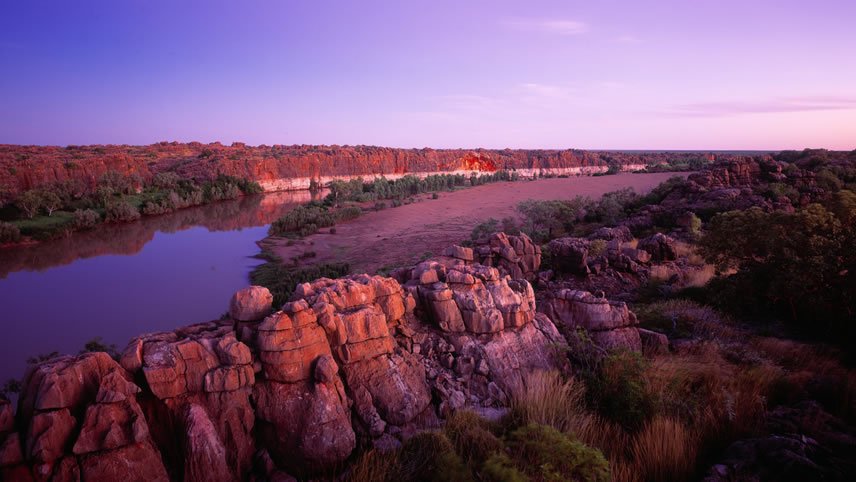 The Kimberley is an outback adventure like no other. A dramatic fusion of turquoise seas and small islands, scorched red deserts and flowing waterways, vast open spaces and dense forests, untouched plateaux and plunging gorges. The colours are intense, the experiences unique, and the memories everlasting. Here are just some reasons to explore Australia’s last frontier on a tour of the Kimberley.
The Kimberley is an outback adventure like no other. A dramatic fusion of turquoise seas and small islands, scorched red deserts and flowing waterways, vast open spaces and dense forests, untouched plateaux and plunging gorges. The colours are intense, the experiences unique, and the memories everlasting. Here are just some reasons to explore Australia’s last frontier on a tour of the Kimberley. Broome
The seaside town of Broome is perched at the juncture of the Kimberley’s deep ochre cliffs and the glistening waters of the Indian Ocean. An old pearling town, you can learn about the evolution of the thriving industry or simply shop for some of these treasures in the pearl galleries of Chinatown.
Perhaps visit the Japanese Cemetery which dates to the old pearling days and honours the many men who lost their lives to the ocean or take a trip to Gantheaume Point to drink in the views of vibrant turquoise waters lapping at the vivid red sandstone.
Cable Beach
A 22 kilometre stretch of white sand winds its way along the seaside near the township of Broome, making its way into people’s fondest memories and onto the front of countless postcards – and rightly so. Cabe Beach truly is picture-perfect.
It is the ideal place to watch the sun set over the water as it bathes the coastline in its fiery glow. Watch the camel caravans silhouetted against its dazzling rays, and the heaving water turn a darker hue as the sun dips below the horizon.
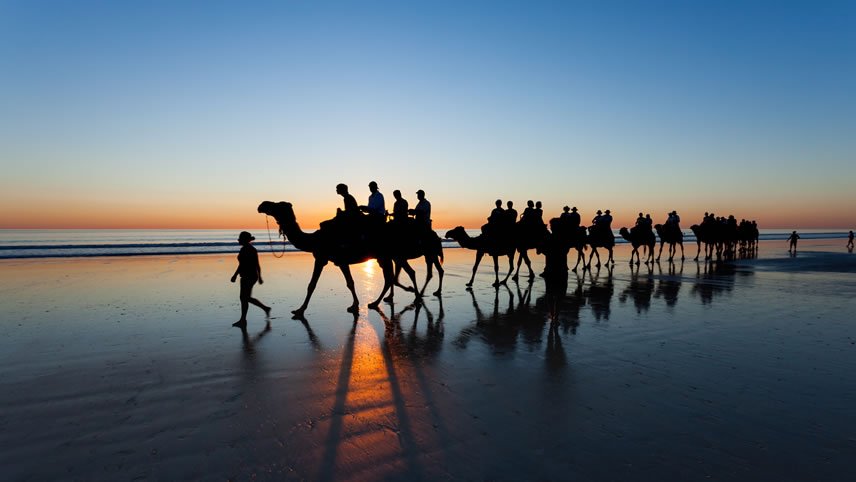
Gibb River Road
Between Derby and Kununurra lies the 660 kilometre stretch of the Gibb River Road. This is the main artery that carves its way through the heart of the Kimberley, where side roads snake off the main highway revealing pockets of striking scenery, from rugged gorges to bubbling waterfalls.
With much of the road uncovered, you will enjoy a true outback experience as red dust is kicked up by your hardy tour vehicle. Along the way, scour the vast savannahs and sprawling bushland for the native animals that call this outback country home.
Ord River & Lake Kununurra
The Aboriginal meaning for Kununurra references the “meeting of big waters” and it is easy to see why. The great Ord River flows nearby and Lake Kununurra, formed by Diversion Dam, provides water frontage to the town.
Fish barramundi along the waterways, or cruise the Ord River spotting crocodiles lazing on the banks and interesting birdlife flitting by. Marvel at the rocky outcrops overhanging the glassy water of Ord River and enjoy spotting wildlife in the wetlands of Lake Kununurra.
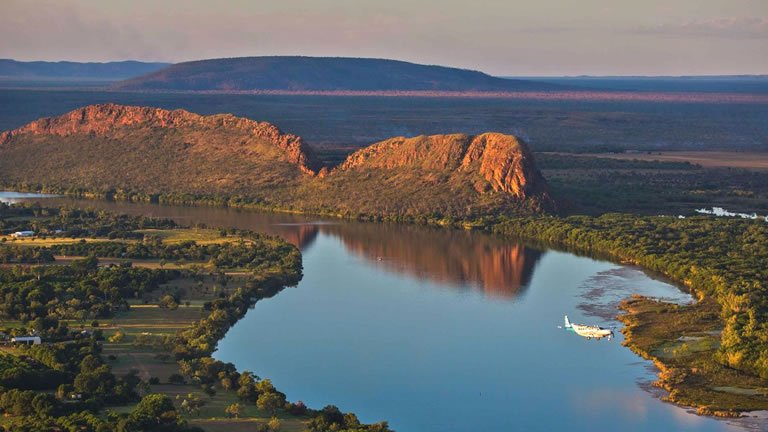
Mitchell River Plateau
Nestled in the Mitchell River National Park, the Mitchell River Plateau is an intriguing formation of layered sandstone brushed with fan palm forests, rainforest pockets, open woodlands, and threads of paperbark trees.
The river system slices its way through the plateau, sculpting captivating gorges and plummeting waterfalls in its wake. The Mitchell Falls are one of the biggest drawcards to the area, with its tiered waterfall sure to impress.
Purnululu National Park
The Bungle Bungle Range is the crowning jewel of Purnululu National Park. Comprised of black and orange lined sandstone domes jutting 250 meters from the baked earth, the range is a striking contrast of colour set amidst green and yellow grasslands under a vibrant blue sky.
Likened to beehives, the curious rock sculptures that cover this spectacular landscape have been in existence for roughly 350 million years. Their presence, however, remained concealed from the outside world until 1983 – luckily, you can now explore this unveiled wonder.
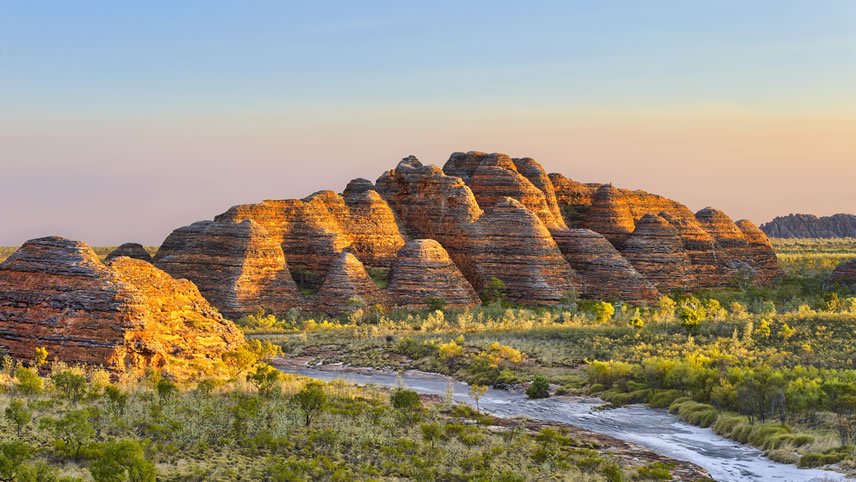
The Gorges
The topography of the Kimberley region is rich with striking gorges rising toward the skyline and plummeting into pools of clear water. Unearth the ancient marine fossils embedded next to rock art on the walls of Windjana Gorge or perhaps explore the cascading waterfalls and tiered waterholes of Bell Gorge.
Take a stroll to admire the boab trees hugging the ridge of Galvans Gorge, relax in the shade of the paperbark trees of Manning Gorge, or enjoy the incredible acoustics echoing through the expansive cavern of Cathedral Gorge.
El Questro Wilderness Park
Once a cattle station, El Questro is now a vast wilderness area showcasing some of the best scenery the Kimberley has to offer. The varied landscape sprawled across the 700,000 acres is comprised of rugged mountains, chiselled gorges, still salt flats, lush rainforest and rippling waterways.
The stunning landscape draws travellers with its scenic charm and, with accommodation options on site, you can enjoy swimming holes, thermal springs, hiking trails, ancient gorges, and picturesque lookouts on your doorstep.
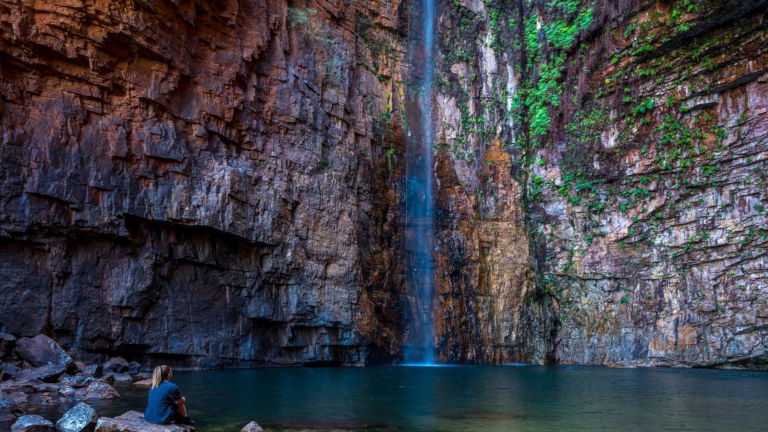
Gwion Gwion (Bradshaw Art)
Rock art is scattered throughout the Kimberley region, however, there is a certain intriguing curiosity to the Gwion Gwion that sets it apart. Shrouded in mystery, this unique artistic style is peppered over 50,000 kilometers across roughly 100,000 sites – and no one is quite sure who created it, or when!
Claimed to be the earliest figurative art in the world, with Gwion Gwion style is characterised by human forms embellished with tassels, hair ornaments and clothing. There is no visible evolution of the design, with all art remarkably sophisticated. A form of traditional story-telling, this rock art still has many tales to tell.
Whales and Wildflowers
You can see whales and wildflowers from August to October. Over 30,000 humpback whales journey to the Kimberley to breed and breach in the warm waters of the northwest coast. Watch these incredible creatures enjoying the impressive coastline as much as you!
Further inland, the wildflowers carpet the countryside with colourful blooms. Nature’s fabulous display is a vivid garnish on the already breathtaking landscapes. Discover the scenery and seasonal highlights of the Kimberley on tour.
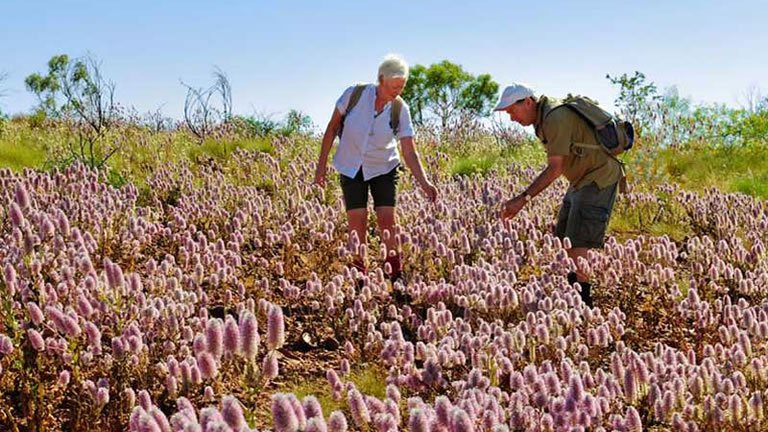
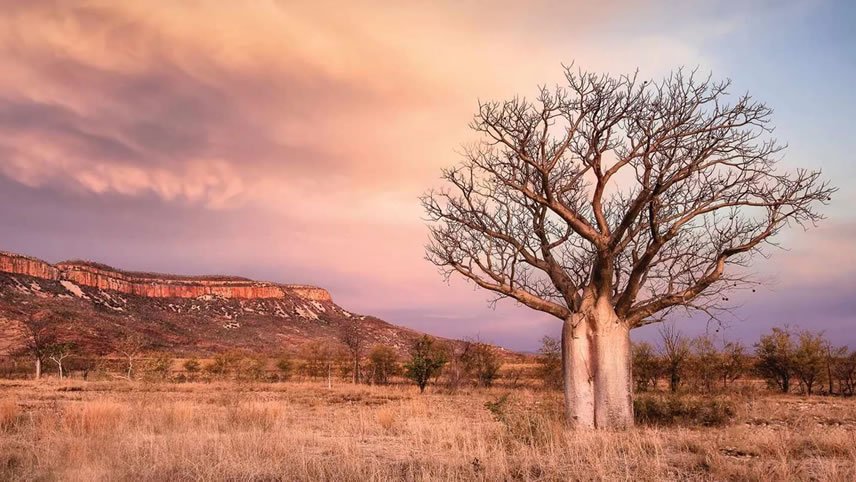
07 December, 2022
Discovering The Kimberley With APTThe Kimberley is home to a wonderful range of flora and fauna, which is often only found in...
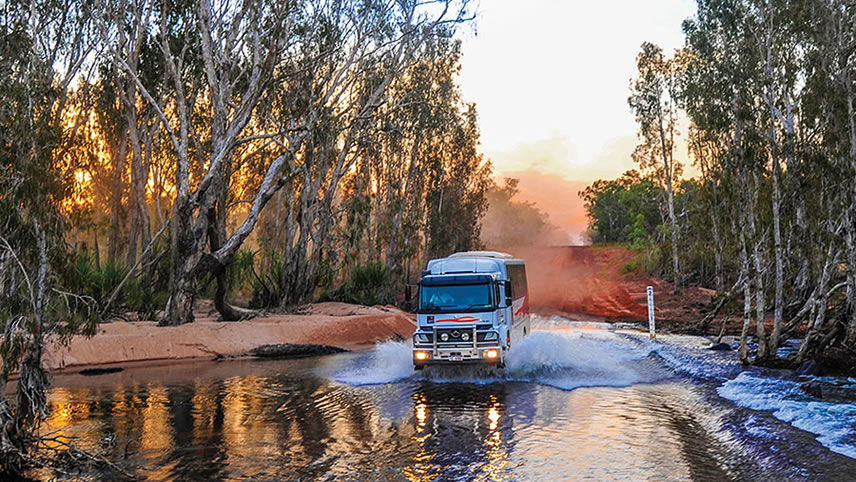
07 December, 2022
What You Need To Know Before You Start Your APT Kimberley Wilderness AdventureYour APT Crew & 4WD VehicleFrom the moment you join the tour, your friendly crew are on hand...
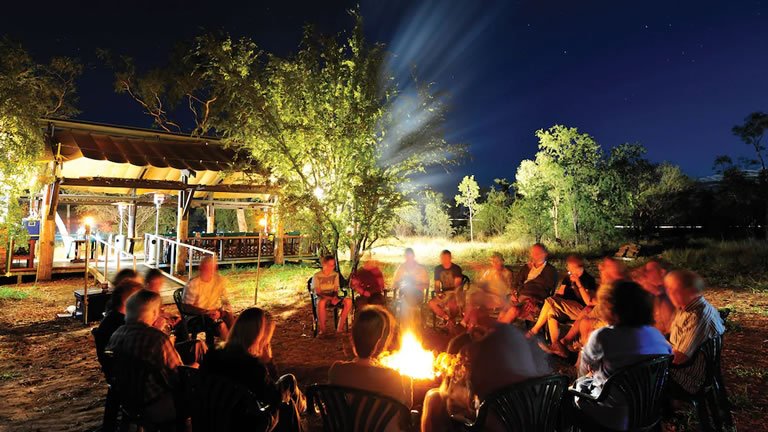
01 December, 2022
APT's Kimberley Wilderness Lodges & ResortsAPT Wilderness LodgesIn partnership with the Indigenous land owners, APT's network of lodges...
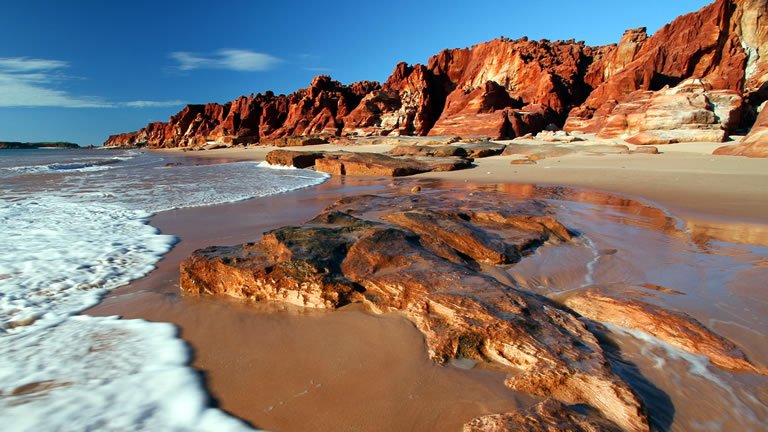
08 June, 2021
Go West And ExploreThe distance between Perth and Darwin is more than 5,000 kilometres of a land so incredibly...
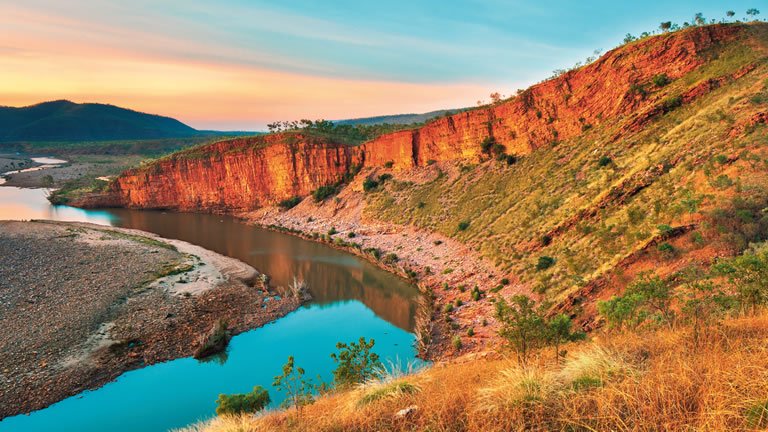
06 August, 2020
10 Highlights of Touring Western Australia with ScenicWestern Australia is a vast expanse of dramatic landscapes and ancient lands rich with...
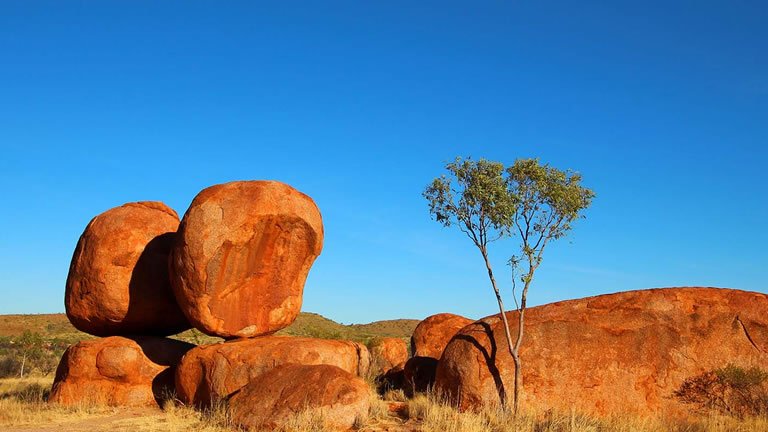
20 July, 2020
Northern Territory Highlights and WA Wildflowers On Show with AAT KingsAAT Kings have over 100 years’ experience bringing Australian destinations to life. Since...
